Robotic Surgery for Kids: Advancements in Pediatric Urology
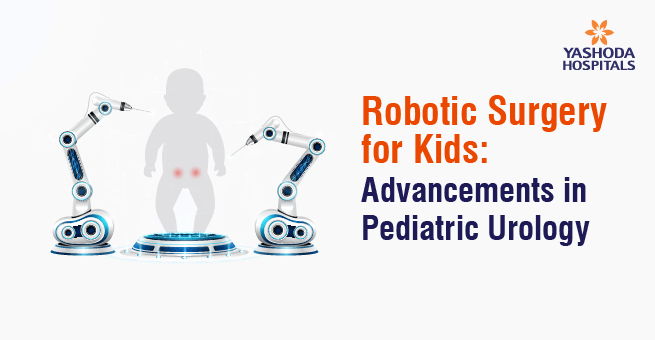
Robotic-assisted surgery has evolved in various areas of medicine, including pediatric urology. It would give children, kids, and infants that need urological procedures an edge over more conventional open surgical approaches. Complex operations are accomplished by a high-technology robot, thus permitting minimally invasive techniques to have the potential of much less pain and scarring, reduced recovery time, and, most importantly, potentially superior outcomes. The reason for this is because juvenile urological disorders typically involve tiny, growing organs and are delicate in nature.
When executing such complex surgeries, robotic surgery aids in accuracy and dexterity, perhaps reducing problems and improving long-term health. Nowadays, robotic surgery is being utilized more and more for nearly every form of juvenile urologic problem, from reconstructive surgery to congenital anomaly correction.
What is Robotic-Assisted Pediatric Uro Surgery?
Robotic-assisted surgery is a less invasive option for children with urologic conditions, offering smaller incisions, less pain, and faster recovery times. This advanced technology is transforming pediatric urological care, providing a safer and more effective approach for various procedures. Parents can trust that robotic surgery is safe and effective, minimizing the impact of surgery and maximizing recovery potential for children. This technology offers a better chance for a healthy future for children struggling with urologic conditions related to the kidneys, bladder, and genitals.
Robotic-assisted pediatric urologic surgery is a sophisticated robotic system that improves surgeon precision and capabilities during complex procedures on a child’s urinary tract. Instead of large incisions, surgeons operate through small keyhole incisions, controlling robotic arms with specialized instruments. A high-definition 3D camera provides a magnified view of the surgical site, allowing surgeons to visualize the procedure. Despite being “robotic,” the surgeon remains in complete control, guiding instrument movements with their own hands at a console. This less invasive approach addresses various urologic conditions in children.
What are the Benefits of Robotic-Assisted Pediatric Uro Surgeries?
The benefits of robotic-assisted pediatric urologic surgeries are detailed below:
- Less Incisions: Robotic surgery uses tiny, keyhole incisions under one centimeter in diameter, while open surgery often requires deeper incisions to access the operative site.
- Less Scarring: There will be significantly less scarring as a result of the little incisions. In the long run, this means a significantly diminished visible recall of the treatment, which is significant for children both aesthetically and mentally.
- Less Discomfort: Postoperative discomfort is usually reduced with smaller incisions. Compared to children who have traditional open surgery, children who have robotic surgery often experience less pain and use less pain medication.
- Faster Recovery: Because the procedure is minimally invasive, recovery time is often much shorter. Children can usually return to school and play much more quickly after robotic surgery.
- Reduced Risk of Infection: Smaller incisions decrease the possibility of infection. When there is less tissue exposed to surgery, the possibility of the bacteria penetrating the surgical site is reduced.
- Little Blood Loss: The robotic surgery gives more precision and control during the operation, which helps reduce blood loss in the process. This can reduce the level of need for blood transfusion.
- Enhanced Precision and Dexterity: The robotic system provides surgeons with enhanced dexterity and a greater range of motion compared to traditional instruments. This is particularly beneficial for delicate procedures in the small anatomy of children.
- Better Visualization: The surgical field may be seen in more detail in the high-definition 3D camera. Surgeons can see structures more clearly and execute procedures more precisely because of this improved visualization.
- Shorter Stay in Hospital: More less and rapid recovery take place because of the less invasive nature of the operation. Usually, after this type of surgery, little duration is needed in the hospital, and children can be recovered at home.
- Potentially Better Outcomes: Many cases of robotic surgery have better outcomes than open surgery. These may include better functional results, fewer complications, and better long-term health. For example, reconstructive procedures can have greater precision, possibly leading to better cosmetic and functional results.
What are the Common Pediatric Urologic Procedures Using Robotics?
Robotic surgery has increasingly been used in the treatment of a variety of pediatric urologic conditions. Here are some of the common procedures that benefit significantly from the robotic approach:
Reconstructive Surgery for Congenital Abnormalities: Most children are born with urologic conditions requiring reconstructive surgery. Robotic surgery offers a minimally invasive way to correct these issues. For instance:
- Hydronephrosis: This is a condition in which the urinary tract is blocked, causing urine to back up and potentially damaging the kidney. Robotic pyeloplasty surgery enables surgeons to repair the blockage with greater precision and less trauma than traditional surgery.
- Ureteropelvic Junction (UPJ) Obstruction: A UPJ is a blockage where the ureter—the tube carrying urine from the kidney—joins the renal pelvis, or the part of the kidney that collects urine. Robotic surgery allows for a minimally invasive repair of this obstruction.
Kidney Stone Removal: Though much less common in children, kidney stones are not unheard of. For the removal of stones, robotic nephrolithotomy or ureterolithotomy surgery can be utilized in a minimally invasive procedure to reduce the pain and downtime from open surgery. Complex or larger stones can be helpful for this reason.
Bladder Surgery: Robotic surgery is used to treat many types of bladder disorders in children.
- Bladder Neck Reconstruction: This is done to correct abnormalities in the bladder neck, which improves bladder function.
- Removal of Bladder Diverticula: Bladder diverticula are pouch-like structures that can form on the bladder. Robotic surgery allows for their minimally invasive removal.
Procedures for Undescended Testicles (Orchiopexy): An undescended testicle is a testicle that does not move into its proper position in the scrotum by birth. Robotic surgery enables a minimally invasive orchidopexy to bring the testicle down into the scrotum. This is very important for fertility and testicular health.
Other Relevant Procedures: The uses of robotic surgery in pediatric urology are continually growing. Other procedures for which it can be used include:
- Ureteral Reimplantation: This procedure corrects abnormalities in the ureters, the tubes that carry urine from the kidneys to the bladder.
- Nephrectomy (Kidney Removal): In some instances, a kidney may need to be removed. Robotic surgery can be used to perform a nephrectomy (robotic nephrectomy) in a less invasive manner.
- Vesicoureteral Reflux (VUR) Procedures: VUR is a condition in which urine flows backward from the bladder into the ureters. Robotic surgery can be used to correct this condition.
Note: Note that the pediatric urologic procedures are not all appropriate for a robotic approach, and thus, the decision of whether or not to use robotic surgery will be made on a case-by-case basis with a qualified pediatric urologist.
What to Expect Before, During, and After Pediatric Robotic Urologic Procedures?
There’s a process beginning from pre-op to recovery as one prepares their child for their robotic-assisted urologic surgery. First, one would meet with the surgeon, understand the pre-op instructions, and get their child ready for this procedure. Now, during surgery, general anesthesia will be induced, and this procedure will then be performed through the robotic system by the surgeon. After surgery, the child will be recovered in the recovery room, where pain management will be administered, and likely have a short hospital stay. Post-operative care at home will include wound care and activity restrictions.
The time the surgery takes will depend on the procedure performed. The time spent in the hospital will depend, but many children can go home within a day or two of robotic surgery. All post-operative care instructions, such as wound care, pain management, activity restrictions, and follow-up appointments, will be discussed prior to discharge. Recovery times will vary; the surgeon will give an approximate timeline based on the child’s condition and health progression.
Is Robotic Surgery Right for My Child?
This is an important decision, and the decision should be made in full consultation with an experienced pediatric urologist. Whatever the answer, it is not universal; each specific application of robotic surgery must be looked at differently, with several configurations considered with respect to the child and his or her condition.
The Importance of Individualized Assessment
Each child’s situation is unique. The pediatric urologist will consider factors such as age, general health, the particular urologic problem in question, the severity of the condition, and whether other treatment options are available. A pediatric urologist will conduct a thorough assessment encompassing the child’s history, reviewing and performing any necessary diagnostic tests, as well as discussing all treatment options, whether it be robotic surgery, traditional open surgery, or other forms of minimally invasive approaches.
Consulting a Pediatric Urologist
In this process, the most important step is consulting an experienced pediatric urologist and a specialist in robotic surgery. This is also the perfect opportunity to express questions and concerns about the treatment so that the recommendations can be personalized for the one’s child. The doctor will weigh the pros and cons of robotic surgery in the child’s particular case, thus informing the decision for treatment.
Factors to Consider
Many factors, as detailed below, can contribute to a determination that robotic surgery is not the best fit for the child:
- Age and Size of the Child: Children of all ages can undergo robotic surgery, but the size and anatomy of the child may have an impact on feasibility or safety in performing the procedure. Very small children may need special instruments and techniques.
- Specific Urologic Condition: Not all urologic conditions are equally well-suited for robotic surgery. Some conditions may be more effectively treated with traditional open surgery or other minimally invasive techniques. The urologist will determine if the child’s specific condition is amenable to the robotic approach.
- Severity of the Condition: The urologic condition might also depend on the decision due to the severity of the case. For example, more complex conditions might sometimes be addressed using a less invasive approach like robotic surgery.
- Surgeon’s Skills: The doctor’s experience with robotic surgery must be considered, along with how good he is in the subject. So, select an experienced pediatric urologist with a known track record for performing successful procedures through robotic systems.
- Availability of Facilities: Robotic surgery facilities for pediatric urologic issues are not commonly found in some hospitals or medical care centers.
Conclusion
Robotic surgery brings a new horizon of hope to children suffering from urologic disorders. Less invasiveness means less damage to the muscles, smaller incisions, less pain, faster recovery, and potentially better long-term results. Early diagnosis and treatment of pediatric urologic conditions are critical to the best possible outcome. If your child has any symptoms of urologic disorders or has a diagnosis of a urologic condition, do not hesitate to seek an expert opinion. Discuss with a qualified pediatric urologist regarding options available and potential benefits of robotic surgery.
Yashoda Hospitals is committed to giving advanced pediatric care, including specialized urologic services. A team of experienced pediatric urologists commits themselves to treating with compassion and advanced medical techniques that help secure a child’s urological health and well-being.
Have any questions or concerns about your health? We’re here to help! Call us at +918929967127 for expert advice and support.

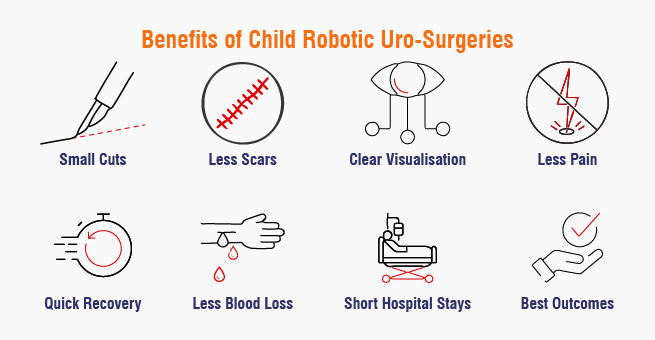
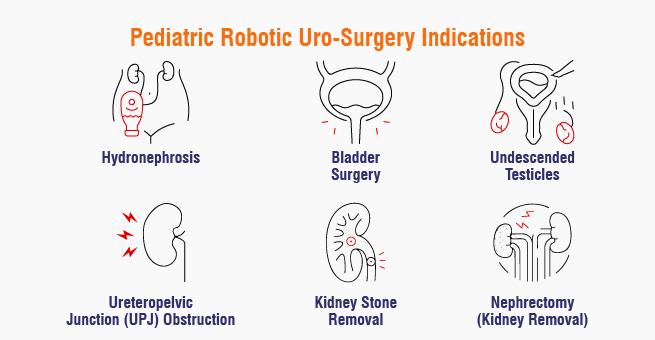


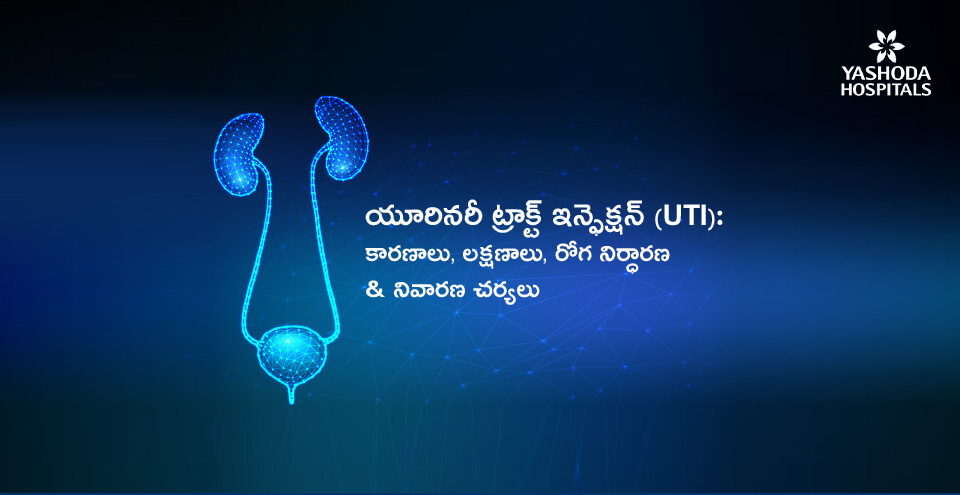


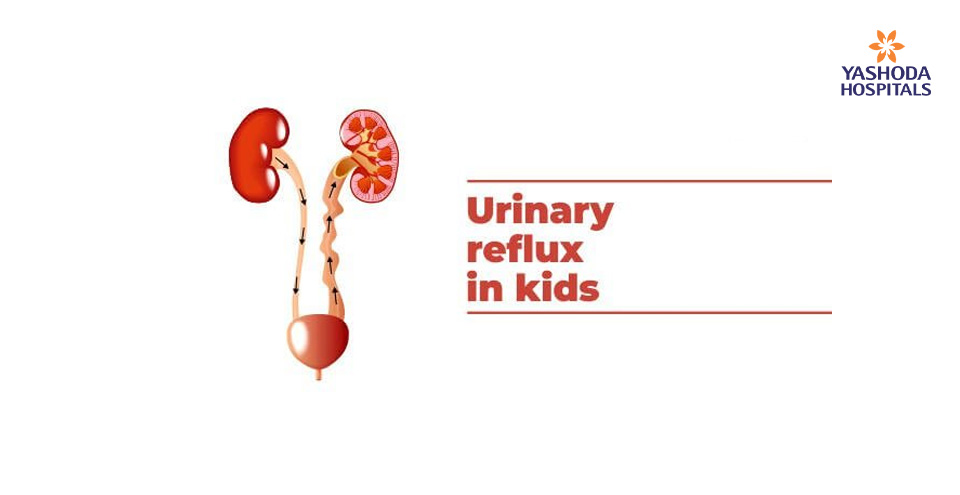
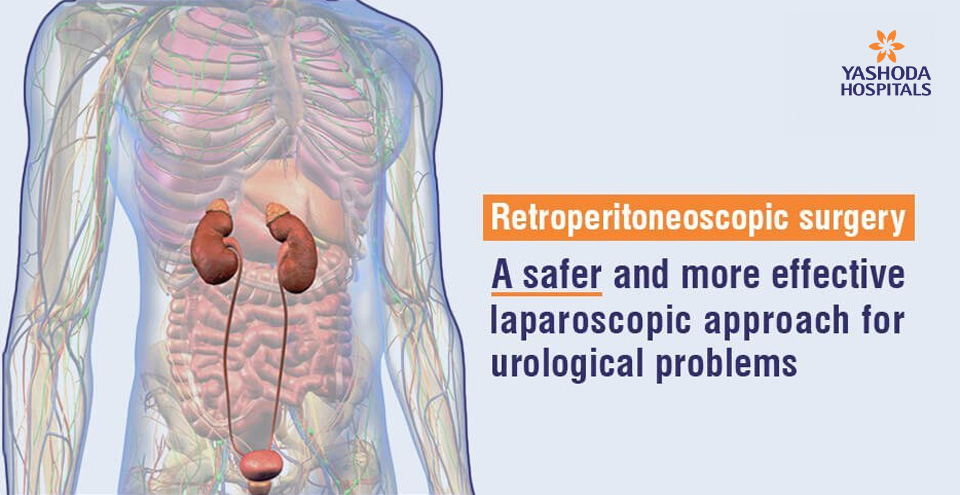
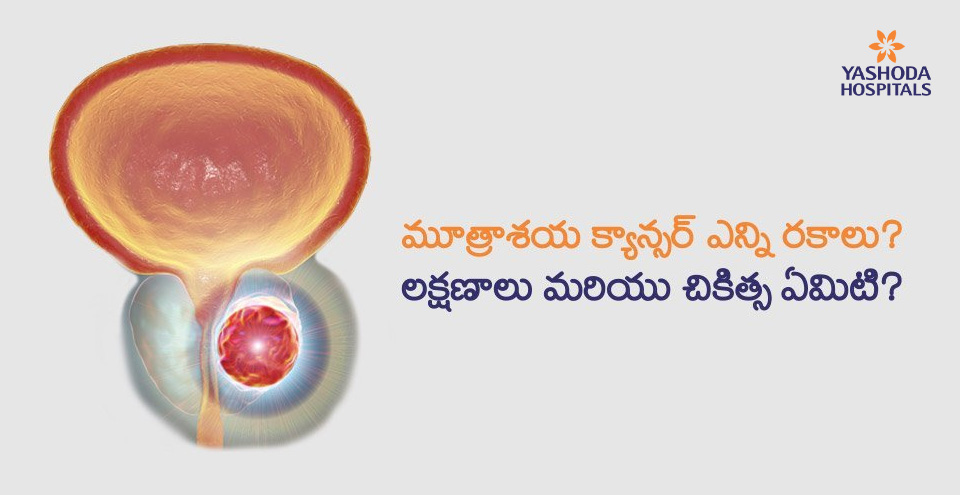
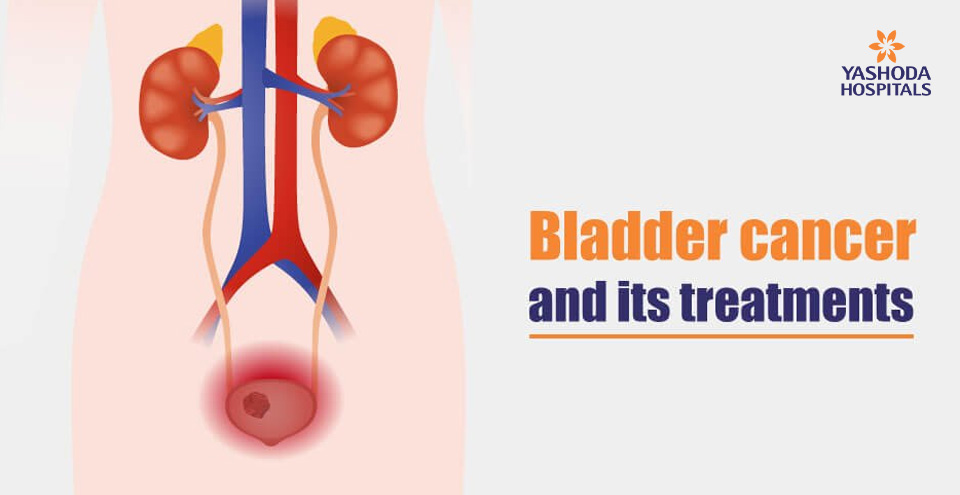

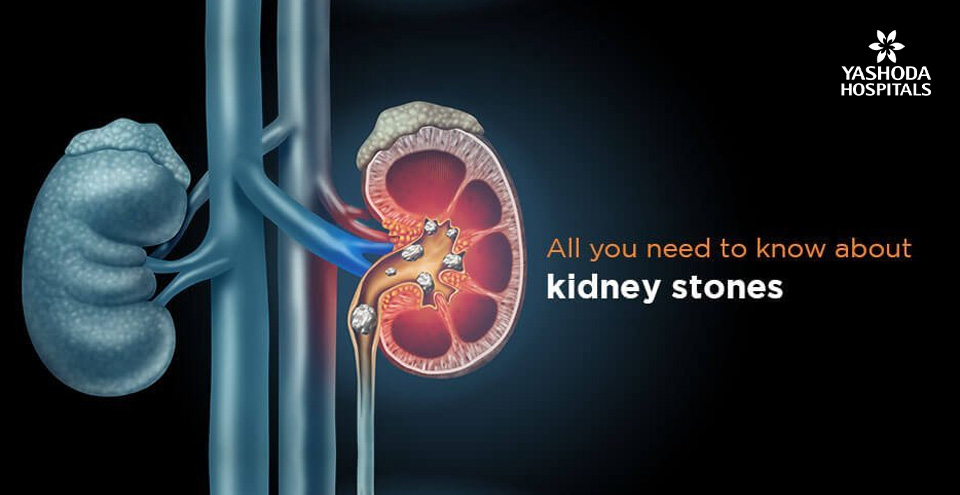
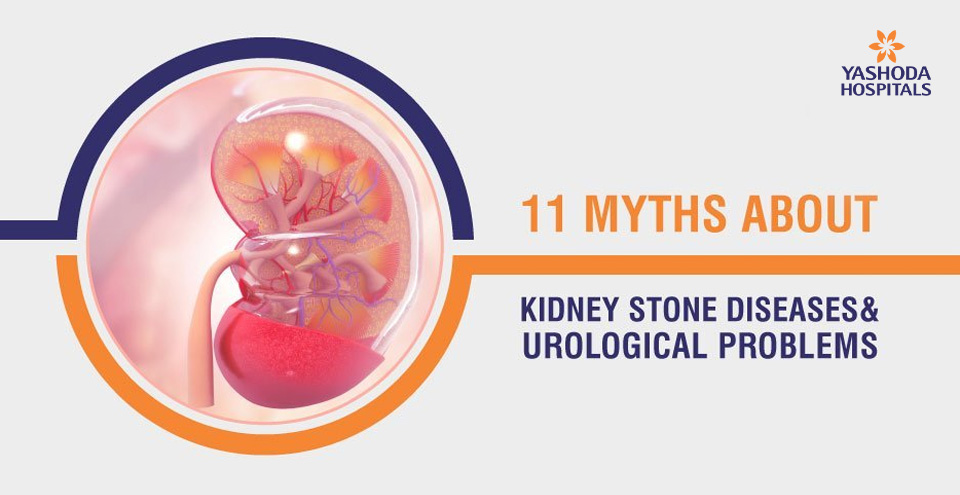
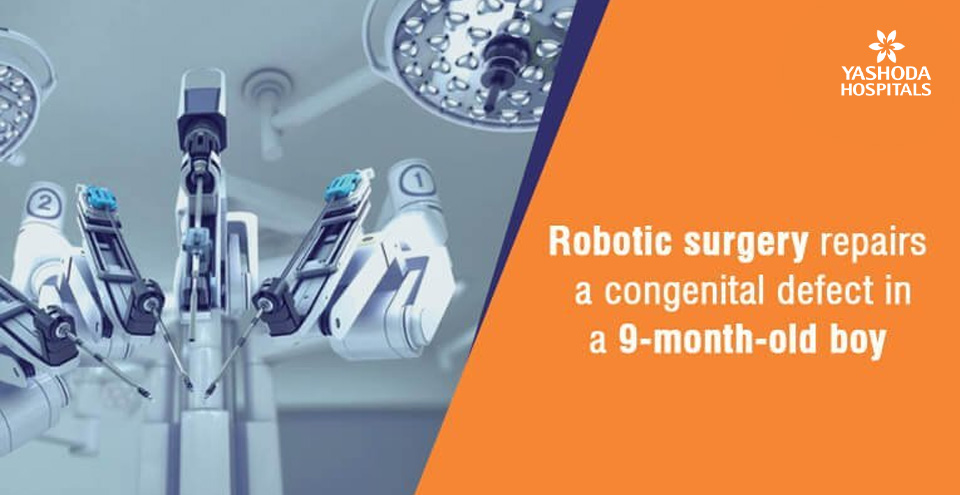





 Appointment
Appointment WhatsApp
WhatsApp Call
Call More
More

